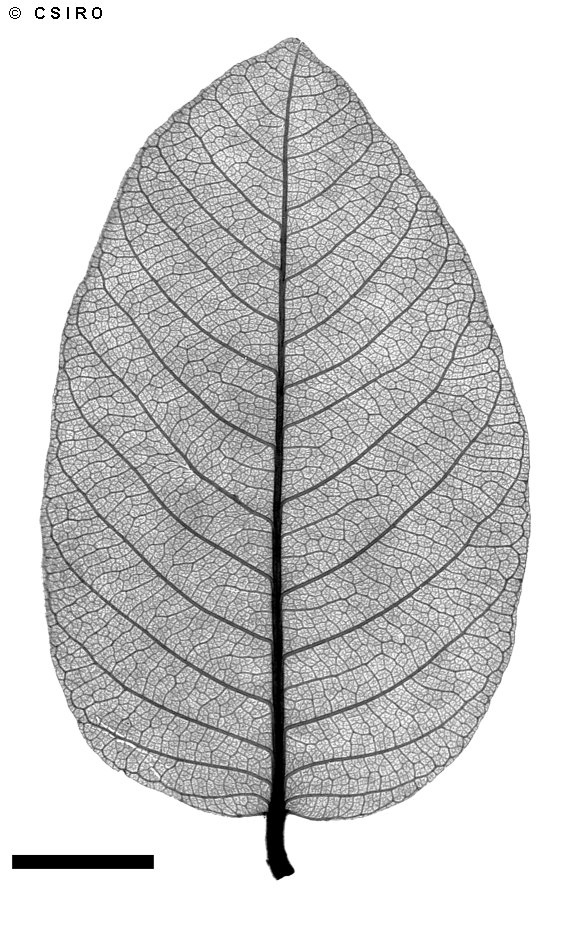Australian Tropical Rainforest Plants - Online edition
Parinari nonda F.Muell. ex Benth.




Bentham, G. (1864) Flora Australiensis 2: 426. Type: N. Australia. From the Upper Lind to Van Diemens river, Gulf of Carpentaria, Leichhardt; Gilbert river, F. Mueller. Queensland. Cape York, MGill.
Nunda Plum; Plum, Nunda; Parinari; Nonda Tree; Nonda Plum; Nonda; Plum, Nonda
Bark quite hard to cut.
About three or four cataphylls produced before the first true leaves. At the tenth leaf stage: leaves +/- lanceolate, apex acuminate, base rounded; midrib raised on the upper surface; lateral veins curving just inside the blade margin; stipules about 5-7 mm long. Stem densely clothed in white prostrate hairs and scattered +/- erect pale brown hairs. Seed germination time 43 to 73 days.
Occurs in WA, NT, CYP and NEQ (as far south as the Walsh River and Gregory Range). Altitudinal range from near sea level to about 400 m. Usually grows in open forest but also found in monsoon forest and beach forest on sand dunes. Also occurs in New Guinea.
This species produces rather dry fruit usually called Nonda or Nonda Plum. It is not particularly palatable but ripens in the dry season when there is little else available. It was a survival food for the aboriginals and the early Australian explorers. The name 'Nonda' was given by the explorers Leichardt but it is a misapplication of an aboriginal name for a tree with some similarities in the Moreton Bay area.
There have been numerous reports over the last 100 years that the aborigines ate the fruit of this species. However, most people who have tried it in recent times are not particularly impressed with its texture or flavour.





